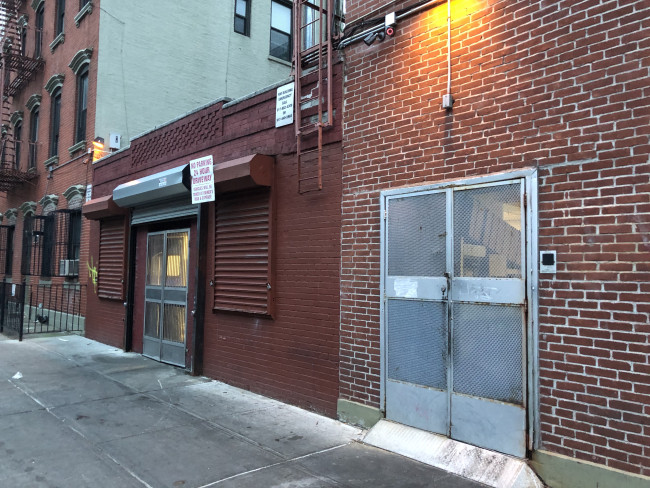Living across the street from an SRO isn't what you think

Residents reclaimed the block and managed to wrest the building away from the owners who seemed intent on making conditions miserable.
Back in the late 1980s, living across the street from a single room occupancy (aka SRO) on my Upper West Side Block was, to put it mildly, a nightmare. In the course of one year, there were six drug-related homicides inside the building or what the police refer to as i/f/o (in front of) it. (In case you're not familiar, SROs are buildings where the tenants are low-income, and often formerly homeless.)
At the time, I could look out the window and watch hand-to-hand drug deals and a steady stream of traffic going in and out of the building—people seeking out its unsavory mix of drug use, drug sales and prostitution. We have photos of hypodermic needles and condoms on fire escapes, and of more than one police raid on the building. But that was then.
Outraged by the conditions on the block, a group of residents got together and created a block association. Residents united behind the effort to reclaim the block and, through a skillful combination of demonstrations, political and legal maneuvers, managed to wrest the building away from the owners who seemed intent on making conditions so miserable in the building that the tenants would leave, giving them a vacant building to sell to the highest bidder.
[Editor's Note: Brick Underground's series “Living Next to” features first-person accounts of what it’s like to have an iconic or unusual New York City neighbor. Have a story to share? Drop us an email. We respect all requests for anonymity. This article first ran in June 2016. We are presenting it again in case you missed it.]
Once the block association triumphed, the building wasn’t sold on the open real estate market. Instead it was taken over by a social service organization with a solid reputation for running SROs for formerly homeless people, many with mental illness or substance abuse problems.
So, you’re thinking, how much better did that turn out to be for the block? Ask just about anyone who lives here now and I would wager that some may not even know that the building across the street is any different from the other buildings on the block.
When I look out that same window now, I see a newly refurbished facade on the SRO. It's hard to imagine that this is the window where, in the 80's, Drug Enforcement Agents set up surveillance cameras and where the local precinct police propped their night scopes in order to follow the action.
Our block is pretty quiet, actually. Though I like the energy of New York streets I can't say that I miss the drug dealing back and forth between the SRO residents and the phone booth that once stood on the corner and served as the dealers' "office phone."The new tenants in the building are surprised when I tell them about our colorful history—in fact, most have no idea that the building across the street is an SRO.
It hasn’t been all roses—there are probably more fire department runs to the SRO than may occur with “regular” buildings. Once, when something pissed off one of the SRO tenants, he threw a television out the window. Sometimes it’s a little noisy in front of the building. (But not as noisy as in front of a popular restaurant on our corner where the people waiting for tables like to start their partying with a pre-dinner, loud talkfest).
The restaurant noise is no big thing—just a fact of life in NYC—but I do have to admit that the television incident was quite unsettling. But, this is New York and there are lots of people who do lots of odd and sometimes scary things —I'm convinced that the SRO designation really hasn’t much to do with that. And for the most part, our SRO neighbors are just that, neighbors. And, since the not-for-profit that operates the SRO is always checking in to see how their property is being perceived on the block, we probably have more influence over how it’s run than we would if it were a rental or condo or co-op.
When anyone asks about what it’s like to live near an SRO, I tell them about one of the first residents who took me aside at a block association meeting and told me that he had never, ever in his life had a key to a home. He held out his hand and with a huge smile, showed me a shiny, new key to his single room home.



























